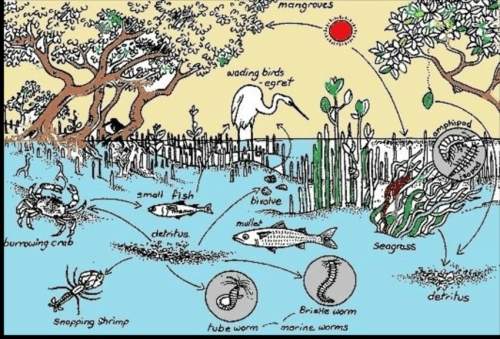
Biology, 30.09.2019 12:30, jakhunter354
The ojibwe indians, in the minnesota and great lakes regions, did not consider themselves "owners" of the lands they lived on, but rather felt that the land would provide them with the necessities of life if they cared for it. this is likely one reason the ojibwe (and other indian tribes) did not a) allow others to use their lands. b) take more from the land than it could sustain. c) agree to sell any of the land to the europeans. d) try to domesticate animals or plant and harvest crops.

Answers: 1
Other questions on the subject: Biology


Biology, 22.06.2019 03:00, seahorse0
To answer this question, researchers studied populations of the dusky salamander (desmognathus ochrophaeus) living on different mountain ranges in the southern appalachian mountains. the researchers tested the reproductive isolation of pairs of salamander populations by leaving one male and one female together and later checking the females for the presence of sperm. four mating combinations were tested for each pair of populations (a and b)—two within the same population (female a with male a and female b with male b) and two between populations (female a with male b and female b with male a). the proportion of successful matings for each mating combination was measured. for example, when all the matings of a particular combination were successful, the researchers gave it a value of 1; when none of the matings were successful, they gave it a value of 0. then the researchers calculated an index of reproductive isolation that ranged from 0 (no isolation) to 2 (full isolation). the reproductive isolation value for two populations is the sum of the proportion of successful matings of each type within populations (aa + bb) minus the sum of the proportion of successful matings of each type between populations (ab + ba). the table provides data for the geographic distances and reproductive isolation values for 27 pairs of dusky salamander populations.
Answers: 1

Do you know the correct answer?
The ojibwe indians, in the minnesota and great lakes regions, did not consider themselves "owners" o...
Questions in other subjects:


Geography, 24.12.2019 00:31

Biology, 24.12.2019 00:31


Mathematics, 24.12.2019 00:31

History, 24.12.2019 00:31

Biology, 24.12.2019 00:31









